Owens-Thomas House & Slave Quarters
Introduction
Author-Uploaded Audio
Audio by Holley Snaith
Text-to-speech Audio
The Owens-Thomas House & Slave Quarters was built in 1819 for successful cotton merchant and banker, Richard Richardson and his wife, Francis Bolton. It was designed by the English architect William Jay, one of the first trained architects in the country. He designed the house in the English Regency style and it features many interesting architectural elements such as curved walls and doors, indirect lighting in the drawing room, a bridge in the upstairs hall, and one of the finest staircases in the South. Today the house is one of three buildings that comprise the Telfair Museum, the oldest public art museum in the South. It features a decorative arts collection consisting of Owens family furnishings as well as American and European objects dating from 1790-1840. Behind the house are an English-themed garden and one of the earliest intact urban slave quarters in the South.
Images
The Owens-Thomas House & Slave Quarters
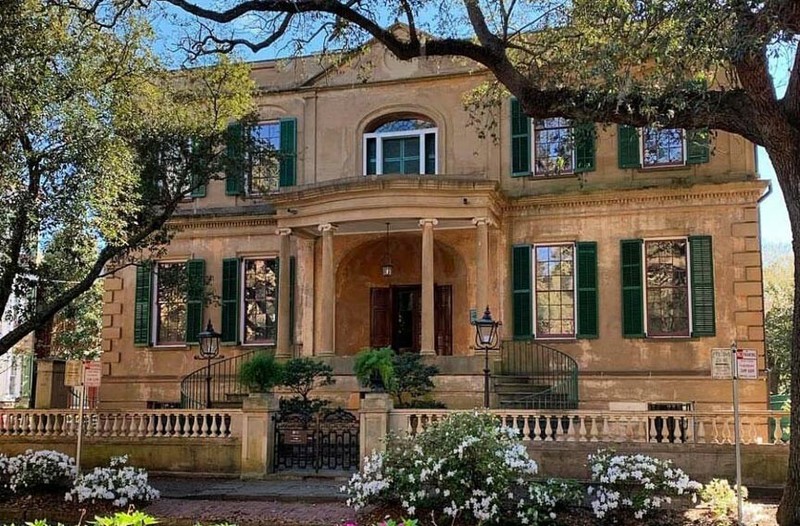
The Parterre Garden
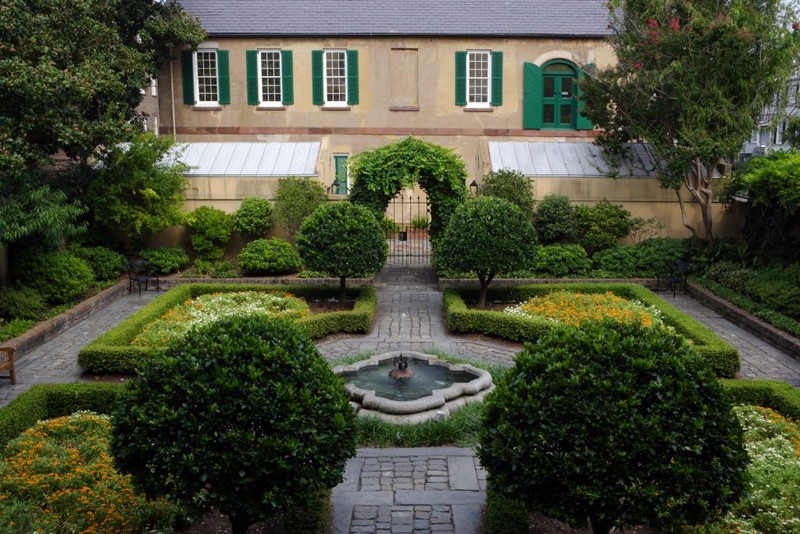
The Grand Staircase
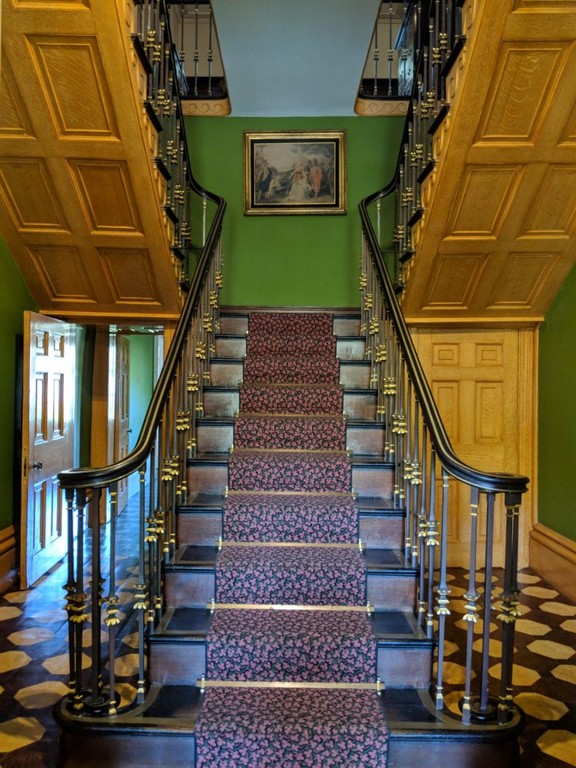
One of the Bedrooms in the Slave Quarters
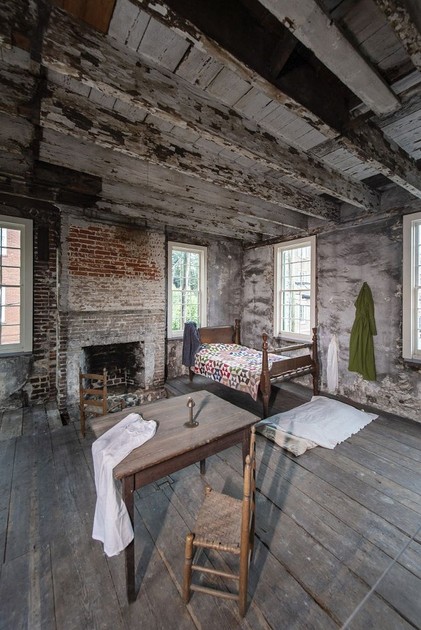
The Owens-Thomas House in the Early 20th Century
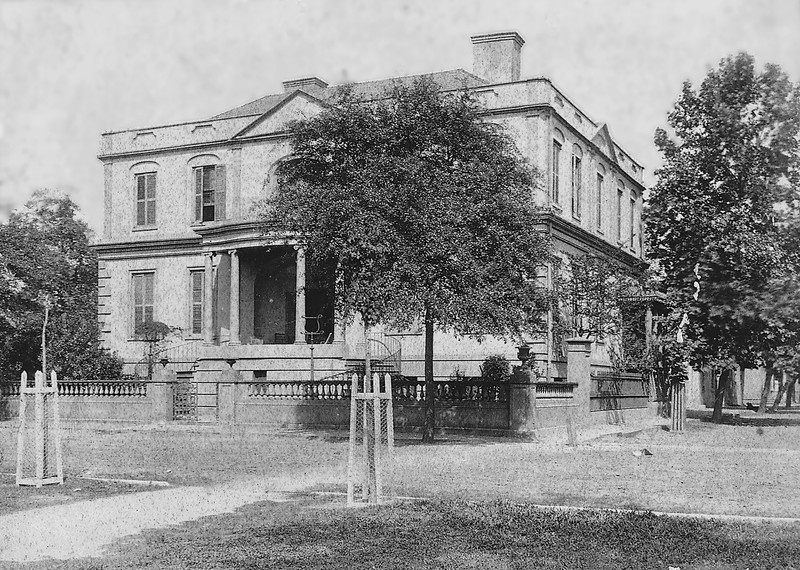
Backstory and Context
Author-Uploaded Audio
Audio by Holley Snaith
Text-to-speech Audio
The Owens-Thomas House & Slave Quarters is located in the heart of the Historic District of Savannah. The English-born architect William Jay also designed the nearby Telfair Mansion, now the Telfair Academy of Arts and Sciences, but the Owens-Thomas House is one of the most well-preserved examples of Jay's work in the Savannah area. The two-story home was completed in 1819 for Richard Richardson, a well-known bank president, shipping merchant, entrepreneur, and slave trader, his wife, Frances, and their six children.
Although William Jay served as the architect, it was John Retan who built the home, along with numerous enslaved men who were under Retan's charge. On the east end of the property sat a carriage house and slave quarters, which housed the nine enslaved men, women, and children owned by Richard Richardson. The Richardsons ended up living in the home for just three years, and during that time, the family was plagued by tragedies. Two of their children passed away, one in 1822, the same year Frances died. Around that time, Richard's bank, the Savannah Bank of the United States, failed and he sold his home and moved to New Orleans. Richard Richardson died in 1833 on the seas while returning home from a voyage to France.
The Bank of the United States took charge of the house in 1824 and leased it to Mary Maxwell, who operated it as a boarding house. The next year, Maxwell played hostess to the Revolutionary War hero, Marquis de Lafayette, and his son. Lafayette was in Savannah to commemorate the fiftieth anniversary of the Revolution, and it was reported that he even gave a speech on the balcony.
In 1830, George Owens, a prominent attorney from Savannah, purchased the home for $10,000 at auction. Owens would go on to be the mayor of Savannah, a state senator and representative, and then a United States congressman. The Owens family made a few changes to the home before moving in, adding three rooms to the second story at the back of the house. The family resided in the home during the winter months and lived in their homes in Philadelphia, New York, Europe, and north Georgia in the summer. During the time the Owens family lived in the house, they kept around nine to fifteen enslaved people. Upon the death of Owens' granddaughter, Margaret Gray Thomas, in 1951, the house was transferred to the Telfair Academy of Arts and Sciences and, in 1954, it opened as a museum.
In addition to touring the main house, visitors also may view the Carriage House, the beautiful Parterre Garden, and the Butler's Pantry. On the north half of the building, the Slave Quarters can be found. A two story building, three rooms were placed on each level and around nine to fifteen enslaved people lived there from 1819 to the Civil War. After that time period, this building became a servants' quarters, the overwhelming majority of servants being African Americans. The Owens-Thomas House also holds priceless decorative arts that date from 1790 to 1840 and either were made in England, the United States, or France. The Owens-Thomas House and Slave Quarters is a priceless piece of architecture in one of the most historic areas in the South, telling the story of prominent Southern families and the enslaved people who built and ran it.
Sources
"Owens-Thomas House." Telfair Museums. Accessed September 21, 2016. http://www.telfair.org/visit/owens-thomas.
Pitts, Carolyn. "Owens-Thomas House." National Park Service, National Register of Historic Places. May 11, 1976. http://focus.nps.gov/GetAsset?assetID=4fdc246d-a940-4ae8-a4d9-9eb798b7bbe1.
The History of the Owens-Thomas House, Telfair Museums. June 19th 2018. Accessed June 30th 2021. https://www.telfair.org/article/the-history-of-the-owens-thomas-house/.
McMillan Inn
Telfair Museums
The Humble Fabulist
Connect Savannah
Telfair Museums
